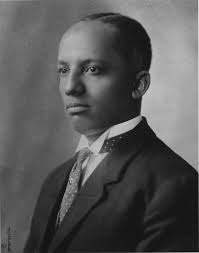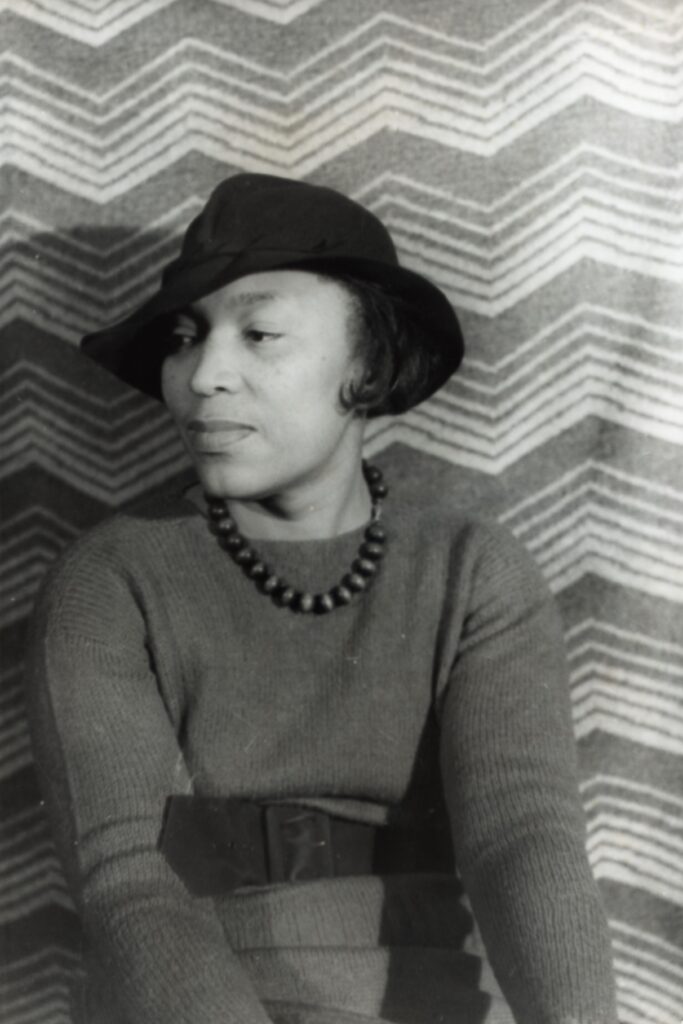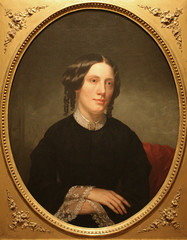As Black History comes to a close, I decided to write this post about the beginning of Black History Month. Have you ever wondered how this annual observance came about?
It was through the efforts of Carter G. Woodson, teacher, historian, author, and publisher, who later became known as the father of Black History. Woodson, son of former slaves, had worked as a sharecropper, miner, and did other odd jobs to help support his family. Despite the fact that young Woodson could only attend school on rainy days when it was impossible to work on the farm, he later earned his bachelor’s and master’s degrees at the University of Chicago before entering Havard.
In 1915, after attending a national celebration of the 50th anniversary of emancipation in Chicago, Woodson was inspired to do something more to honor the achievements of African Americans. Before leaving Chicago, he helped found the Association for the Study of Negro Life and History (ASNLH) — (which later became the Association for the Study of African American History).
Woodson sent out a press release announcing the beginning of Negro History Week in February 1926. He chose the month of February as it contained the birthdays of Abraham Lincoln and Frederick Douglass. A year later, Woodson singlehandedly launched the Journal of Negro History, in which he and other researchers highlighted the achievements of Black Americans.
He also helped create Negro History and Literature Week in 1924, but was not satisfied with one week being allocated to the study of black history. Efforts began to expand the week-long celebration to a longer event, however, Woodson died suddenly in 1950 before this could be achieved.
Much later, in 1976, on the 50th anniversary of the first Negro History Week, younger members of the ASNLH succeeded in getting the organization to change the celebration to Black History Month.
President Gerald Ford issued the first proclamation in 1976. Ronald Reagan in his first Black History Month proclamation stated that “understanding the history of Black Americans is a key to understanding the strength of our nation.”
The efforts of one man, born into humble beginnings, brought about Black History Month, which we look forward to celebrating every year. Let us continue to understand and appreciate “the strength of our nation” not just for one month but every month of the year.
Angela is a blogger and author of Christian women’s fiction and Christian romance. Her latest release is Making Music Together.










